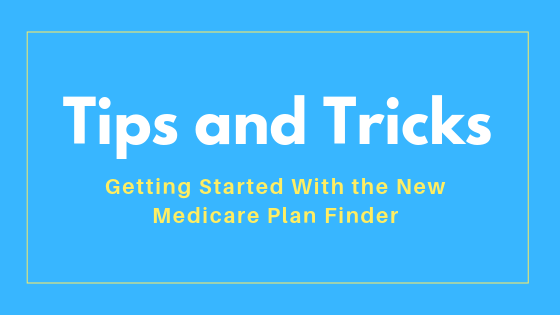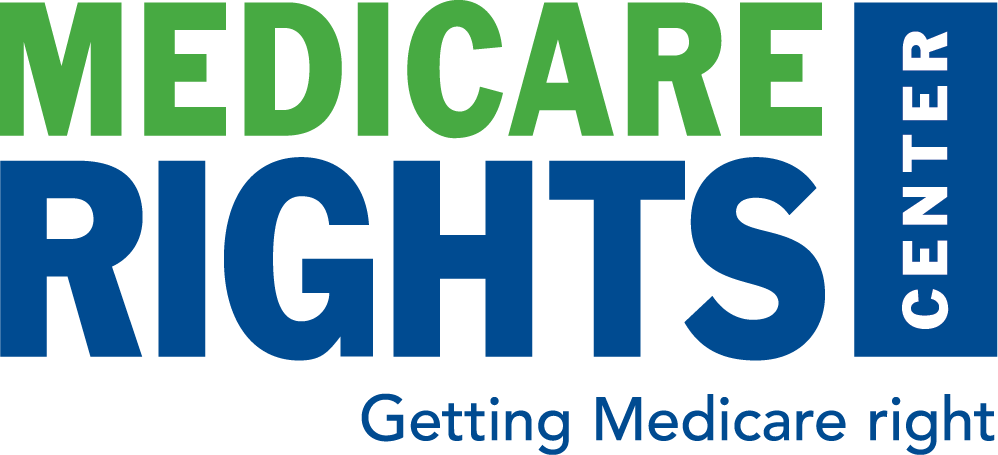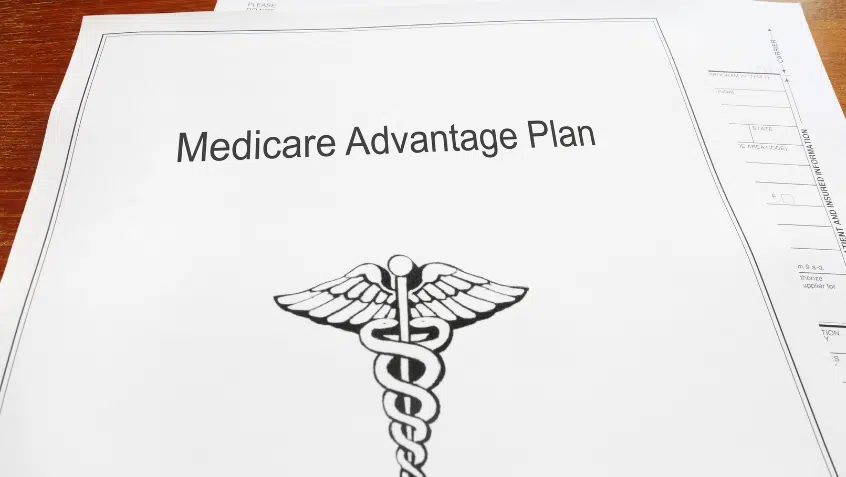
The Centers for Medicare & Medicaid Services (CMS) recently launched a redesigned version of the Medicare Plan Finder. Many of the functions are the same, but the look and feel has been updated, and the way you access a personalized or basic search has changed.
Here are some highlights of the changes and a few tips and tricks to navigate the updated tool to search for Medicare Advantage and stand-alone Part D plans that work with Original Medicare.
Update 10/10/19: Medicare Plan Finder now gives you the option to sort plan search results by the combined lowest drug and premium costs. This is a helpful feature for estimating some of your out-of-pocket expenses for the year.
Original post 10/3/19: On the first page of Plan Finder, you have the option to do a personalized search by creating a new account or logging into your existing www.MyMedicare.gov account. You can also continue without logging in.
If you log in to your www.MyMedicare.gov account, Plan Finder will use your prior claims history to put prescription drugs on your drug list and save any changes that you make.
If you continue without logging in, you will have to manually input your drugs into your drug list, and your drug list will not be saved.
If you are a professional working on behalf of a Medicare beneficiary, this type of search is useful because you do not need a beneficiary’s personal health care information. Note, however, that unlike the old Plan Finder, you will not get a drug list ID that allows you or the beneficiary to access their drug list later. Drug lists are only saved if you do a personalized search.
If you are a professional working on behalf of a beneficiary, visit CMS’s National Training Program website for more information about how to use the new Medicare Plan Finder. You will have to create an account or log in to view a recording of the September 2019 Plan Finder webinar.
CMS has also released Plan Finder tutorial videos: Medicare Plan Finder Overview and Medicare Plan Finder Pointers: Plan Results.
Getting started: Find a Medicare plan
Let’s take a look at how to do a basic Plan Finder search. To begin, click on the link that says, “Continue without logging in.” This brings you to the page, shown below, that asks you what type of coverage you are looking for.
Choose a coverage option, and the page will expand with more questions to answer. You have to answer all the questions on the screen before more questions will appear. You’ll have the option to search for Medicare Advantage Plans, stand-alone Part D plans, and Medigap policies (searching for Medigap policies takes you outside the Medicare Plan Finder).
Additional questions ask for your zip code, Medicare number (which is needed if you want to enroll in a plan online), and date of birth. If it is not currently Fall Open Enrollment and/or you are not in your Initial Enrollment Period (IEP), Plan Finder will let you know that you may not be able to change plans at this time. You can still continue and search for plans, though, regardless of whether there is an available enrollment period.
Next, Plan Finder asks if you receive any cost assistance. The purpose of this question is to find out whether you have Extra Help. If you have Extra Help, Plan Finder displays different drug costs. Answer the cost assistance question, and click “Next” to continue.
Lastly, Plan Finder asks if you want to see drug costs as part of the plan results. If you answer yes, it asks how you normally fill your prescriptions. You can choose retail pharmacy, mail-order pharmacy, or both.
Adding prescriptions to drug list
After completing the introductory questions, Plan Finder gives you the option to add prescription drugs to the search. Adding drugs will allow you to see which plans cover the your drugs and how much they might cost.
Enter the name of a drug, choose whether it is brand-name or generic, set the dosage, and add the drug to the list. After adding a drug, choose whether you want to add more drugs or click on “Done” to continue.
Tip: Before beginning a Plan Finder search, create a list of all the drugs you take, whether they are generic or brand-name, and what their dosages are.
Choosing pharmacies
After adding prescription drugs, you will have a list of pharmacies to choose from depending on the zip code you entered at the beginning of the search. Choose two pharmacies, then click “Done” to continue. If you indicated that you would like to view mail-order pharmacies as well, you will see mail-order pharmacy in the pharmacy list along with the two retail pharmacies you select.
Comparing plan options
After choosing pharmacies, Plan Finder will display available Medicare Advantage or Part D plans, depending on what you chose to search for at the beginning.
Here’s what you need to know:
- Each search result displays a plan summary, such as the premium, deductible, and cost estimates. Click on the Plan Details button for each entry to learn more, like health and drug coverage specifics.
- You can compare up to three plans at a time.
- Plan details are presented all on one page. Use the menu on the left-hand side to jump to the section you want, or keep scrolling.
- Part D plan details include information about which drugs are on the plan’s formulary (list of covered drugs) and which pharmacies are in-network. It also shows if there are any restrictions on the drugs, such as quantity limits. However, a beneficiary must contact a plan directly for more specific information about those coverage restrictions.
- Medicare Advantage plan details include information about covered health care services, from basic benefits like primary care visits to extra benefits such as dental cleanings or eyeglasses.
Doing sample searches is the best way to familiarize yourself with the new Plan Finder. Although the design and search process have changed, the tool still provides a lot of information about Medicare Advantage and Part D plans that you can use to guide your enrollment decisions during Fall Open Enrollment.
We will periodically update this blog post with tips and advice throughout Fall Open Enrollment.
The Latest
Most Read
Add Medicare to Your Inbox
Sign up to receive Medicare news, policy developments, and other useful updates from the Medicare Rights.









